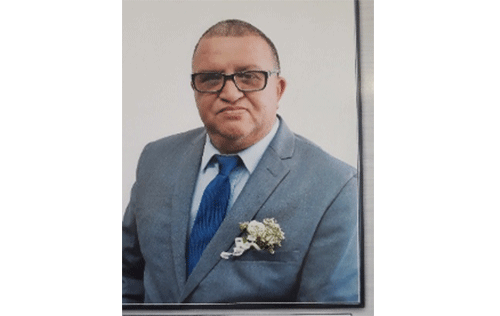Grönvik, in his work on the definition of disability in the social sciences, displays a photograph of a body, with the person’s head and face cut off, in a wheelchair at the bottom of a flight of stairs, and then proceeds to explain that the photography could be seen to reflect no less than five conceptions of disability (L. Grönvik Methodological Perspectives, 2007 11-12)
First, the everyday conception is that the person is disabled because he or she is in a wheelchair and cannot walk up the stairs. This is a functional definition. The second possibility is to conceive of disability because of the interaction between a person with impairment and his or her environment namely, that the person in the wheelchair cannot get up the stairs. This is a relative or environmental definition of disability.
The third possible definition is that the stairs are the reason why the person is disabled, with no reference at all to the person in the wheelchair. Social barriers prevent people with impairments from participating in society, and these barriers are the only causes of disability.
The definition is often referred to as ‘the social model of disability.’ One may also see that the person is in a wheelchair and, therefore, has access to a mobility aid, for which he or she may have had to apply. As a result, he or she must have met some administrative definition of disability. This is the fourth definition. The fifth definition may arise if someone looking at the picture were to ask whether, even if other people or administration systems regard the person as disabled, the person regards himself or herself, as disabled. This would be a subjective definition of disabilities.
Grönvik points out that the complexity of what we mean by disability does not end with these five potential conceptions. The intersections of disability and various other identity markers such as gender, race, class, sexual orientation, and nationality, mean that regardless of the definition of disability one uses, people’s experiences of disability will vary.
Laws and policies, therefore, must be sensitive to these lived experiences as influenced by complex intersecting personal, environmental, and social variables. The complexity also compels us to clarify why we are interested in disability in specific instances – the focus may be on people’s bodies, the built environment, bureaucratic systems, social movements, or a combination of these.
Within international rights bodies, such as the UN and many domestic systems worldwide, including that of South Africa and Namibia, it has been recognised that there has been a shift from functional definitions of disability that focus on the individual to relative or environmental definitions that regard disability as the result of interactions between a person said to have an impairment and his or her environment. The United Nations Convention on the Rights of Persons with Disabilities (CRPD), for example, seems to endorse the latter definition.
Furthermore, the government of the Republic of Namibia ratified the United Nations Conventions on the Rights of Persons with Disabilities in 2004 and endorsed the African Decade Plan of Action for Persons with Disabilities in 2005. Consequently, a National Disability Mainstreaming Plan was launched on 3 December 2020. This plan is premised on the assumption that as an inclusive society, Namibia is committed to creating a society for all, in which everyone will feel accepted, appreciated, loved, protected, and fulfilled, irrespective of their abilities and disabilities.
We are aware that the varied resources required for transformation are limited, however, the implementation of the Rights of Persons with Disabilities call for an integrated and inclusive action to accelerate transformation and redress for persons with disability. Disability mainstreaming will only be achieved through integrated and inclusive planning, and budgeting aimed at empowering persons with disabilities.
In conclusion, I quote the words of the famous Shakespeare who once said: “I cried when I had no shoes, but I stopped crying when I saw a man without legs” and as Mark Twain said: “Kindness is the language which the deaf can hear and the blind can see.”
*Reverend Jan A Scholtz is the former chairperson of the
//Kharas Regional Council and former! Nami#nus constituency councillor. He holds a Diploma in Theology, B-Theo (SA), a Diploma in Youth Work and Development from the University of Zambia (UNZA), as well as a Diploma in Education III (KOK) BA (HED) from UNISA


